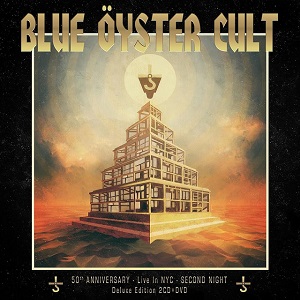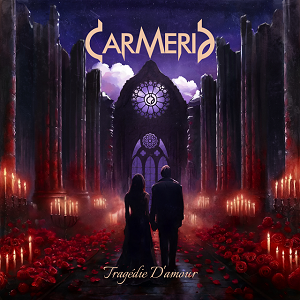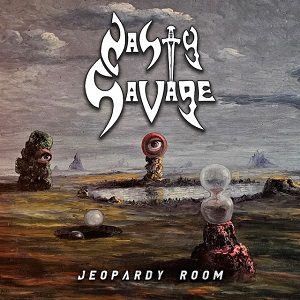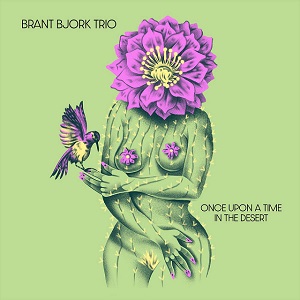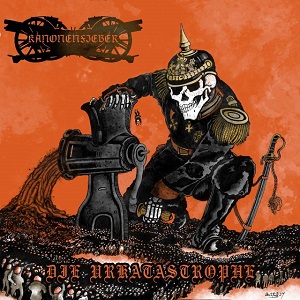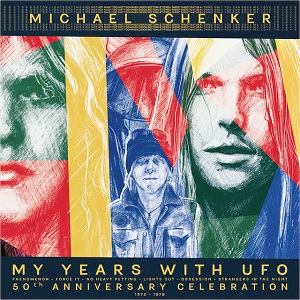GTR – “Making A Noise For A Living”
November 30, 2015, 8 years ago

Adjust your direction way back to 1986, when the idea of a progressive rock supergroup was still a viable idea, even for a major label like Arista Records. Hence the arrival of GTR, anchored by ex-Genesis guitarist Steve Hackett and ex-Yes guitarist Steve Howe. Together they tried to re-create the success that Asia had had in the low ‘80s, as well as grab a bit of the brass that both their big bands were enjoying in the middle of the decade.
The band’s lone album, GTR, would go gold, buoyed by the success of singles “When the Heart Rules the Mind” and “The Hunter,” but, says Hackett, the phenomenon was pretty much limited to North America.
“Well it’s something that, if you mention GTR to the man on the street in England, they won’t know what you’re talking about. But in America it was much more of a big deal. We had a hit album over on your side of the Atlantic, and a tremendous job was done by Arista Records, Clive Davis, and we had a hit single, and it was an extraordinary time. MTV were right behind it. It was a short-lived band, but it rose to the top very quickly. It had novelty value of course, going for it, and the re-release has a live show from Los Angeles; I think the year was ‘86. And you get 14 tracks on that one, so there are more tracks than on the studio album, and it’s absolutely live. There were no fix-ups at all. So it is unadulterated—what you see is what you get.”
What Steve is referring to is the swell Cherry Red reissue of GTR, which indeed includes a full live CD, three more bonus bits, and an explanatory liner essay by top scribe Malcolm Dome.
Part of the album’s success, figures Steve, was “the fact that we both had the experiences from two British bands of distinction. It was great working with a guy who’d been basically the guitarist from Yes for most of their lives to that point. And of course, the combination of that and Genesis... they were both bands that were held in the affection of fans—in Europe and in the states. So there was something about that combination, as well as the fact that... I believe the very first day that Steve Howe and I worked together, he played me some stuff, I played him some stuff, and I thought we gotta see whether we have a songwriting partnership or not. I said, ‘Look, what you played to me sounded like it had a really great instrumental hook, but I believe I’ve got a stronger song here. And if we combine the two, I think we’ve got something really strong.’ He said, ‘Yeah, I think we can get to that.’ So the hit song was written literally on the first day we worked together. Or at least the second day.”
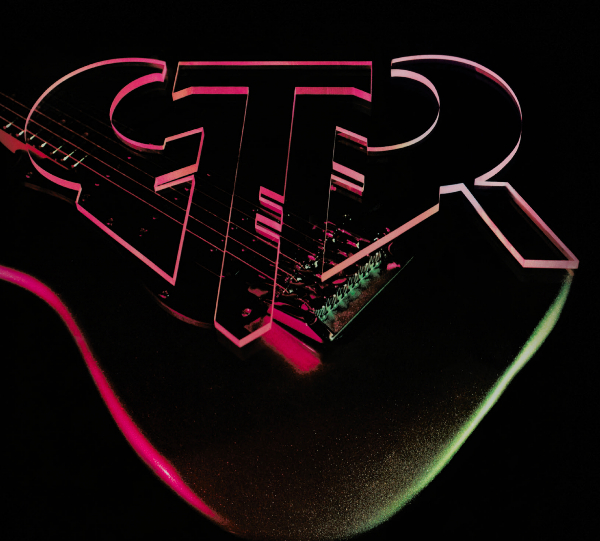
Not to press the point about Asia, but it’s hard not to compare the two bands, especially given that the overall stadium rock sound of GTR, and even the brash production, harkens back to that magical Asia debut from 1982.
“Well, at the time, the guy who’d managed Yes was the same guy who’d managed Asia, and of course I had friends in both bands,” ponders Steve. “But the ‘80s was a different era, of course. At the time, I said to Steve Howe, well, I get the feeling that because of our backgrounds, we can be pretty adventurous with this album. But at the same time, we were aware of the pressure with a band that was being heavily invested in. And Arista wanted a hit single. I think that was the difference. Basically, in the 1970s, record labels were happy if you made a successful album. Whereas in the 1980s, the emphasis was on, ‘Yeah, well, we like it, great album, but most of all, we’d like a hit single, to promote that great album.’ And so the pressures were much greater. You felt that you were on a short leash. But I think it still produced an interesting album. So it was different, the two eras. Now, of course, today, present day, people do exactly what they like again, or they ought to be, because it’s become virtually a cottage industry by comparison, and the individual rules the roost again. Or you’re hired and fired by the puppet masters who put it all together for you and you just front it. But we’re not—and I’m not—that kind of act. I’ve been involved in so many different genres over time, and I love it all.”
If the production of GTR sounds a bit hard on the ears, well, that’s because such was the fashion at the time—plus there’s the alchemy of making albums that sound good on radio.
Says Hackett of producer Geoff Downes, “That was his first production outside of Asia, and of course his connection was with Trevor Horn, because they were The Buggles originally. And The Buggles joined Yes. So there was that connection with Steve Howe, who knew of them via that, in the pre-Trevor Rabin days. I saw Geoff Downes a few nights ago when I was playing in Cardiff, in Wales here, and we were both talking about the loss of Chris Squire; we were both very emotional about that. But I gather Yes is carrying on. It’s a bit like the family tree, so one question begets another—and another. But I think he did tremendously well, the combination of himself and Alan Douglas, who then went on to become famous for working with Eric Clapton and providing that unique drum sound that everyone enjoyed so much. So it’s all part of the same family tree, I think. We’re all still making a noise for a living—or most of us.”
It’s called compression... “Yes, well, I think that it sounded at its best when it was played on radio,” continues Steve. “It was very bright and I think it’s very ‘80s sounding. It sounded great hearing it on American FM, where compression was much more part of the package than with British radio. British radio was always afraid of compression. And we always liked the sound of American FM. And I remember hearing ‘Lamb Lies Down on Broadway’ for the first time, on New York radio, hearing that and thinking, oh, this sounds more powerful than usual—what’s going on? And, of course, it was compression.”
Keeping folks interested during the brief live life of the band meant dipping into the two Steves’ back catalogues, which can be experienced on this package’s bonus live CD.
“Yes, we were doing a nod to things, and ‘Roundabout’ was obviously definitive for Yes,” notes Hackett, who also had a couple of these compositions show up again on his Feedback 86 album. “‘I Know What I Like’ was pretty definitive for Genesis at the time. In a way, it was an album that attempted... certainly the live CD and the live show, to appeal partly to the audience of Yes, partly to the audience of Genesis—a nod in both of those directions. But perhaps more important was the fact that we had a hit single with ‘When the Heart Rules the Mind,’ and the fact that that had passed the MTV test at the time, and we were being feted and adored, at that point. It was very strange, after all those years in Genesis, where there seemed to be lots of record sales but not so much radio play, and then TV kicked in and we did The Mike Douglas Show, and suddenly Genesis were catapulted into the stratosphere in the states. But up ‘til then, there hadn’t really been radio cooperation. But GTR was much more instant. There was a lot of enthusiasm and input from Clive Davis, Arista Records, who did an absolutely first-class job of promoting that album. There’s no doubt that the publicity helped. They made it an event, rather than an escape. And that always helps.”
In closing, Steve dismisses the idea that the ballooning cost of the GTR project, certainly going into the doomed second album—once Steve took off, they tried to enlist Brian May!—is to stand as the legacy the GTR leaves behind...
“Well, the price of success is, I think, very, very high. If you make a Superman movie and it grosses $50 million, if the making of the movie was $75 million, then you’ve got a very simple equation at the end of the day. But I would prefer... I would say that the true value of the album is not what it costs, but it’s the pleasure that it brought to listeners. You know, I didn’t want to start losing my shirt, personal guarantees and all of that. It was fun while it lasted, and it’s great it’s being celebrated again now, without the pressure of whatever it was at the time (laughs).”
(Top photo by Tina Korhonen)



